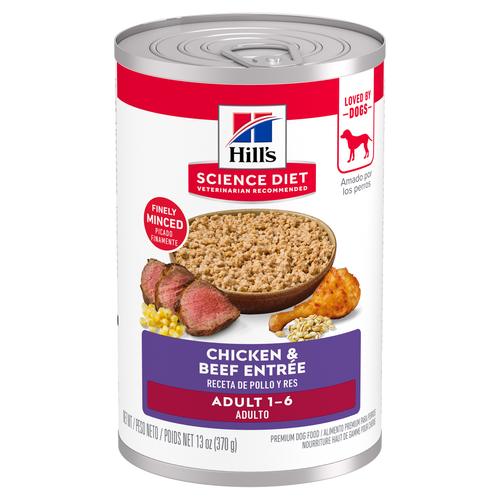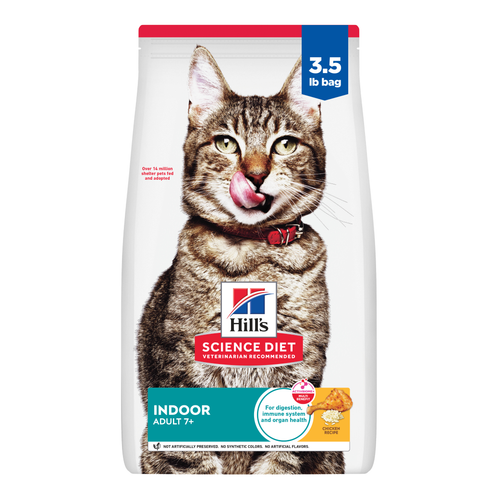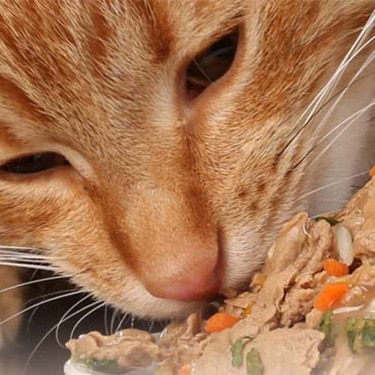

Welcoming a new puppy into your home is an exciting and joyful time. While it's truly a season of furry fun, it's also an important time for your dog to learn acceptable behavior and get to know their safe space. Crate training can be intimidating, but dogs usually love having a cave-like retreat that's their own. When you can't keep your puppy with you, the crate offers a safe place to keep them happy.
Let's explore why crate training is important and how to crate train a puppy.
Benefits of Crate Training
There are many benefits of training puppies early. When used properly, it can keep your dog safe and comfortable while simultaneously keeping them out of mischief. This can be crucial during the younger years, but it also provides several benefits for the lifetime of your pet:
Safety and damage control: Puppies have no "off" switch and can quickly get into trouble. Chewing up your valuables like shoes can be frustrating, negatively impacting your growing bond. If this goes unchecked, dogs can often get into more dangerous situations, such as swallowing non-food objects or chewing electrical wires. Keeping your pup in a safe area like a crate reduces the risk of them being harmed.
Traveling: You'll likely need to travel with your dog from time to time, but a loose puppy in the car creates a driving distraction. It's also dangerous to your pup, leaving them exposed to the possibility of being hurt by an airbag in the case of a fender-bender. Learning how to crate train a puppy while they're small allows you to ensure they're safe while traveling.
House training: A crate is one of the most effective training tools for house training your puppy. Dogs are naturally clean creatures and don't want to eat or sleep near waste. So when confined in a relatively small area, like the crate, a puppy will quickly learn to let you know when they need to "go" so you can reward them for doing the right thing.
How to Choose a Dog Crate
The right dog crate depends on your lifestyle and the size and personality of your dog. Of course, the most important thing is the safety and comfort of your puppy. There are a few different types to consider:
Soft-sided duffle-style carriers work great for tiny pups and small to medium-sized dogs. They also work well for travel, especially if you ever plan to take the dog on a plane.
Hard-sided plastic crates can be a good option for puppies of various sizes. Hard-sided plastic crates are a favorite for in-home use, too, as they come in sizes that can serve as a safe, snug bed and retreat for your pup.
Wire crates can be a good choice for medium to large dog breeds. They are durable, easy to clean, and offer great ventilation. Some of these also come with panel dividers, so you can adjust the size of the crate as your puppy grows.

Keep in mind the personality of your puppy, as well. For dogs prone to shyness or anxiety, a duffle-style or plastic crate can give a more enclosed, den-like feel (as opposed to the openness of a wire crate). If your pup is naturally curious or more comfortable with you in sight, a wire crate can give them better visibility.
How Big Should a Dog Crate Be?
If you plan to use a dog crate for house training, the crate should fit your puppy's current size. Choosing one that is too large can impact the effectiveness of training, since dogs naturally do not want to relieve themselves in the same space where they sleep.
Measure your puppy from the ground to the top of their head. Then, measure from the base of the tail to the nose tip. You can use these measurements to find an appropriately sized crate. A good rule of thumb is to add at least another four inches to both the height and length measurements for extra wiggle room for the pup.
As your puppy gets older, you can upgrade to a larger crate (or select one with panel dividers, so you can adjust the size as they grow). Keep in mind that some crate accessories, like beds or mats, may take up some space.
Crate Training Supplies
You'll need only a few items to begin:
Crate
Crate pad or bed
Crate cover (such as a blanket or sheet)
Favorite treats
Treat dispenser
How to Crate Train a Puppy
Crate training lays the foundation for calmer behavior and a stronger bond between you and your pup. Here's how to help them associate the crate with positive things and enjoy being in it:
Play a Game
Play a game with your puppy, using treats or your pup's regular food. At mealtime, toss the treats or puppy kibble into the open door of the crate. Say, "Go to crate!" as the pup goes inside to eat. Leave the door open, so they can leave once the treats are gone. Repeat the exercise 15-20 times each session, gradually moving farther away as you toss the treats. After the pup routinely goes inside, shut the door for one minute. The next time, shut the door for two minutes. Gradually increase the time inside with the door shut. Eventually, your pup should know to "go to crate" at the words alone, and tolerate times inside with the door shut.
Make Meal Time Crate Time
Alternatively, feed your puppy meals inside the crate from the beginning. This helps them associate the crate with yummy food. Shut the door as they eat — if they cry, let them out, but do not give them food.
When it's not mealtime, leave the crate door open with a fluffy, comfy bed inside. You can leave toys, chews, and smelly treats (in moderation) inside for the puppy to explore and discover on their own.

Crate Training At Night
At night, take the puppy out for a potty break before settling down in their crate for the night. As they're training, they may whine, fuss, or bark — this is normal. While it's not fun to hear, it's worth the lifelong benefits.
Keep in mind that young puppies will need potty breaks throughout the night. Set your alarm to take them out periodically, depending on their age. Here's how long puppies can go between potty breaks at each age:
Two-month-old puppies need to go every two hours.
Three-month-old pups can wait four hours.
Four-month-olds can wait five hours.
Five-month-olds can wait about six hours.
Once house trained, seven-month-old pups should be able to sleep through the night and may not need crate confinement.
If the puppy fusses near the scheduled potty break time, take them out and praise them when they're productive. Then return them to the crate to continue sleeping. If they fail to eliminate and just want to play or snuggle, return them to the crate, and ignore additional cries. Covering the crate can help them calm down for sleep.
While the goal is to have them go potty outside, accidents will happen. When they do, it will encourage them to do their business during the given breaks to avoid having a messy crate.
Puppy Crate Training Tips
Learning a new skill is hard for puppies, and crate training is no different. While part of crate training is simply waiting it out, there are some tactics you can use to help your dog feel safer and more comfortable being in the crate. You can also use these steps for crate training regressions at any age.
Fill a treat dispenser with smelly treats they only get inside the crate.
Show it to the pup, toss it inside the crate, and close the door with them outside. Let them whine, cry, and paw the door to get inside to have the treat.
Open the door and let them inside to eat the treat.
If they cry inside with the treat, let them out, but leave the treat inside the crate. If they beg to get inside for the treat, repeat the exercise.
This exercise helps your dog learn that good things happen inside the crate, but only with the door closed. Treats are also a great way to occupy their mouths and reduce whining and barking.
Crate Training FAQs
Is it normal for puppies to cry when crate training?
Yes, even though it's hard for the pet parents to hear, it's normal for your puppy to bark in their crate. Providing a bed, toys, or treats can help keep their mouths occupied.
How long does crate training take?
With consistency, most puppies crate train within two weeks. Every pet is different, though, so some may "get it" from day one, while others take a month or longer.
How long should a puppy be in a crate?
Puppies require potty breaks at regular intervals. How long they should stay in a crate depends on their age, but avoid crating your puppy for longer than three or four hours without potty breaks. For longer periods away, the laundry room or bathroom often works as a better option for confinement.
Where should I keep my dog's crate?
The ideal spot for your dog's crate is in your bedroom, where they can smell, hear, and see you and identify as part of the family. It's fine to move the crate from the bedroom to the family room or wherever you spend the most time. A low-traffic area in the corner of a room, like the family room, works well — just make sure the pup can't reach any houseplants or wires through the crate.
Practicing tough puppy love can be challenging. But with consistency and patience, what once felt like a training hurdle will become your dog's favorite cozy retreat.




















